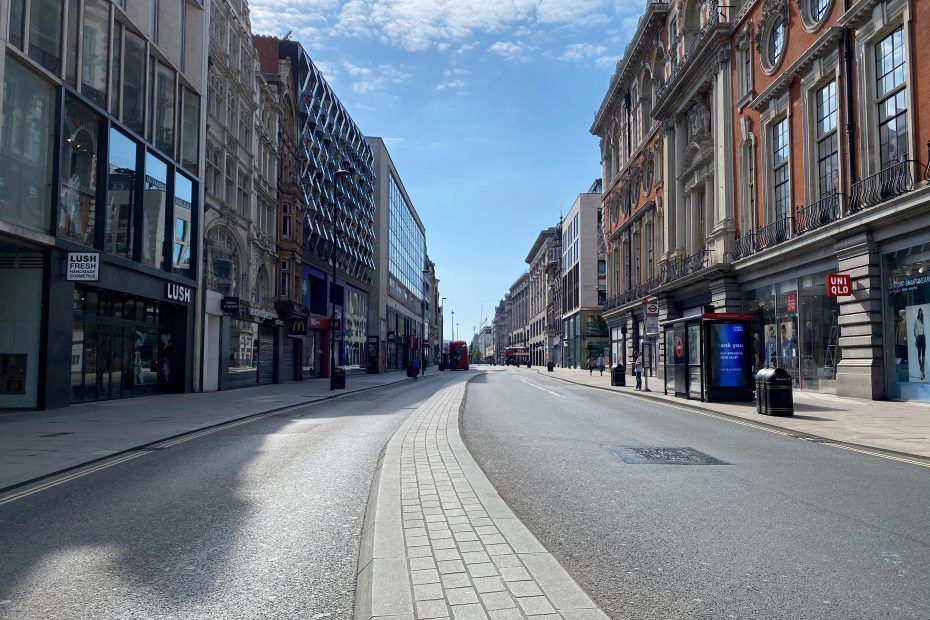The scientific advice behind COVID measures
Imposing a lockdown is by no means an easy decision, with a broad range of factors considered. There’s a delicate balance to be stricken between saving lives, preserving the economy and people’s willingness to follow the rules. Policymakers, of course, are not alone in making these critical decisions, with advisers and scientists providing insight. As a new documentary by the BBC explores the expert analysis prior to the first UK lockdown, see which are the different scientific groups the government goes to for advice and what they do.
SAGE
The Scientific Advisory Group for Emergencies, known as SAGE ensures timely and coordinated scientific advice is provided to the government. However, this advice doesn’t represent official government policy.
SAGE includes experts from government, as well as specialists in healthcare and academia. It is currently chaired by Sir Patrick Vallance, the government’s Chief Scientific Adviser.
The group has been activated eight times since 2009, including during the Ebola and Zika outbreaks.
At present, it also relies on external advice from other groups, including SPI-B, SPI-M, Health Data Research UK (HDR UK), COVID-19 Genomics UK (COG-UK) and New and Emerging Respiratory Virus Threats Advisory Group (NERVTAG).
SPI-B
The Scientific Pandemic Influenza Group on Behaviours (SPI-B) looks into anticipating and helping people follow any measures introduced during an emergency. Ultimately, the group aims to predict how the public may respond to any rules and how that response may change over time.
It feeds its advice into SAGE, which in turn uses it to inform decision-makers in government.
Participation varies as required. During the coronavirus pandemic, participants have included behavioural scientists, anthropologists, psychologists and historians.
SPI-B has previously provided advice during the Ebola outbreak and Swine Flu pandemic in 2009.
SPI-M
The Scientific Pandemic Influenza Group on Modelling (SPI-M) provides advice based on infectious disease modelling and epidemiology. This group tries to predict the trajectory of the disease and the number of cases based on potential or already existing restrictions, hospital admissions, etc.
Its representatives are from a wide range of UK institutions and attendance varies as required.
PHE Serology Working Group
This group focuses on understanding the extent of COVID-19 transmission and how it changes over time. To do this, it reviews and monitors population based seroprevalence surveys in England. The group also partners with international bodies on these studies, including the WHO.
CO-CIN
The COVID-19 Clinical Information Network (CO-CIN) aims to characterise the clinical features of patients with severe COVD-19 in the UK. It gathers clinical information of the usual healthcare records of people of all ages who were admitted to hospital in the country.
Environmental Modelling Group
This group aims to understand the transmission routes of COVID-19 through environmental sampling and modelling, as well as data analysis.
Children’s Task and Finish Working Group
This group looks into COVID-19 transmission in children and within schools.
HOCI
The Hospital Onset COVID-19 Working Group (HOCI) aims to provide thought leadership and to ultimately precipitate policy change and interventions that will reduce the rate of hospital-onset COVID-19.
Ethnicity Subgroup
The ethnicity subgroup provides advice on the COVID-19 impact and risks for ethnic minorities.
